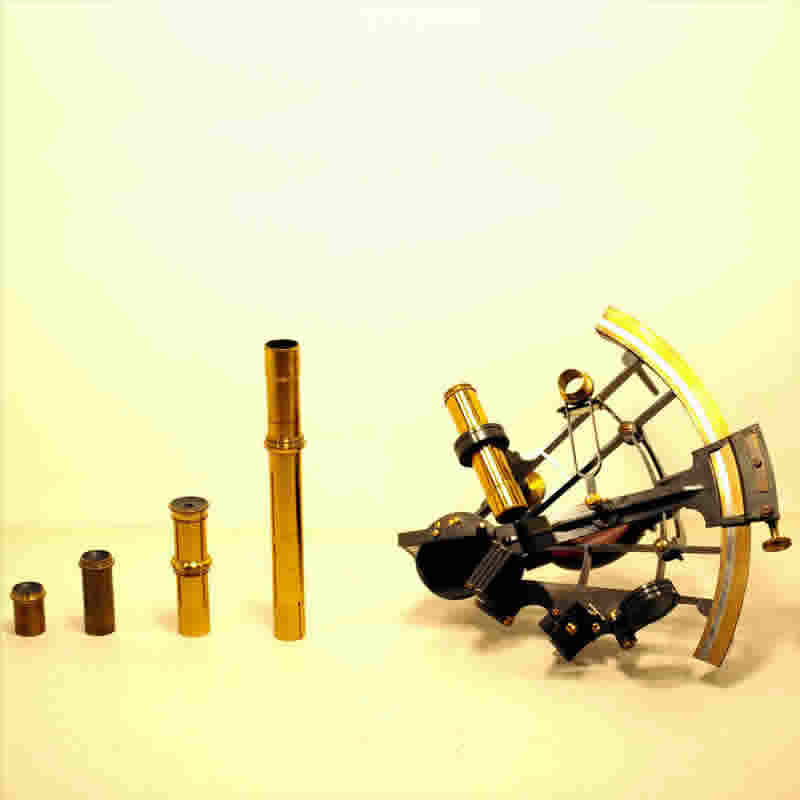
This incredibly revolutionary instrument is used to indirectly measure the angular deviation of the mobile items of an instrument, generally a galvanometer.
INSIGHTS
A small flat mirror, of negligible mass, attached to the mobile items of the measuring instrument, reflects the image of the graduated scale (at central zero) in the field of view of the spyglass.
A lamp illuminates the scale.
In rest conditions, by means of micrometric screws, the system is aligned by making the reticle of the spyglass coincide with the zero of the graduated scale.
The rotation of the mirror projects on the reticle of the spyglass a portion of the scale. That portion corresponds to the deviation on the reticle of the spyglass.
With this system, a long, immaterial reading index is created (from 1 to 3 meters).
Spyglass, ladder and lamp are mounted on the same support.
The "German" method of indirect reading is due to Johann Christian Poggendorf (1796-1877), with the change introduced by Karl Friedrich Gauss (1777-1855).
There is, however, a second version of this instrument, patented in 1928, which differs from the previous model in the material : the 1928 version is in brass and aluminum, the 1898 sample is instead in wood and iron.
Technical Data Sheet
Category: spyglass
Designer: ing. Santarelli
Year of production: 1898
Materials: brass, wood, iron, glass
Dimensions: d 230 x h 500